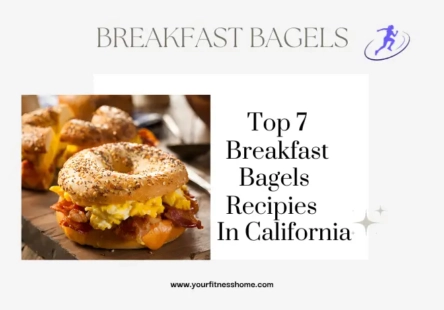Intermittent fasting (IF) helps many, but it’s not a magic solution for all. Your age influences the perfect fasting time. Check out this broad rule of thumb by Your Fitness Home.

Intermittent Fasting By Age Chart Details
- 18-25 Years: Young adults usually boast quicker metabolisms and can handle extended fasts, close to 14 hours. Nonetheless, it’s paramount to watch energy output and make sure the nutrients consumed during meal times are plentiful.
- 26-35 Years: At this stage, your body’s metabolic rate may start to dip. Opt for a 12-14 hour fasting span – it’s a good fit for your lifestyle and metabolism.
- 36-45 Years: For these folks, metabolism typically stabilizes. Try a 12:12 routine (12 hours fasting, 12 hours eating) to keep weight and health on track.
- 46-55 Years: Hormonal shifts, especially in women, may mess with metabolism. Go for shorter fasts (10-12 hours), and focus on nutrient-rich Diet/Food when eating.
- 56+ Years: As we age, metabolic drop and health issues can loom. Choose shorter fasting windows (8-10 hours) with longer eating windows (14-16 hours) to maintain energy. Keep your diet balanced – lots of protein, fiber, vitamins, and minerals.
Intermittent Fasting By Age Chart Disadvantages
While age-based charts offer a simplified approach, they have drawbacks.
- Oversimplification: Things like a person’s well-being, how much they exercise, and their aims are overlooked. For instance, a young person with health concerns may struggle with extended fasting, unlike a fit older individual.
- Limited Evidence: There’s not much study around whether fasting routines tailored to one’s age work well.
- Discourages Individualization: Charts may deter folks from getting expert advice for a fasting plan that best suits them.
Intermittent Fasting By Age Chart Benefits
While not a definitive approach, age-based charts can offer a starting point for exploring IF.
- Initial Guidance: Charts are a great tool for introducing younger individuals to longer fasts, and emphasizing the value of nutrient-rich foods for seniors.
- Awareness by Age Group: These charts can also help spread knowledge about factors to consider at different ages, such as hormonal changes in women aged 46-55 years.
- Spark for Research: These age-focused charts could spark new inquiries into how fasting windows affect different age groups.

Intermittent Fasting For Women Over 50: Best Practices
Intermittent Fasting For Women Over 50 needs best practices so that the women have happy and healthy lifestyle. Here are some best practices:
- Start Slow: Start with shorter fasts (10-12 hours) as comfort increases, lengthen them. Your body knows what’s best, so listen to it.
- Prioritize Protein: During meal times, aim for around 40-50 grams of protein to help preserve muscle strength as we age.
- Nutrient-Rich Foods: Opt for whole, natural foods teeming with vitamins, antioxidants, and fiber to fulfill nutritional requirements when you break your fast.
- Hydration is Key: Quench your thirst frequently throughout the day, especially during fasting times. Herbal teas and black coffee (no sugar) are good too. (you may also like: Nutrisystem For Women)
- Listen to Your Body: Monitor your hunger signals and modify fasting times as needed. Keep in mind not to stretch yourself to the point of exhaustion or crankiness.
Precautions For Intermittent Fasting During Menopause
Menopause brings hormonal changes that can affect how your body responds to IF. Here are some precautions to consider:
- Blood Sugar Monitoring: If you’ve had diabetes or prediabetes issues, watch out for changes in blood sugar. Ask your doctor for advice.
- Hydration is Even More Crucial: You might feel more hot flashes and sweat more when experiencing menopause, leading to dehydration. Check how much you pee and drink more water if you need to.
- Get Enough Sleep: Sleep might get tricky during menopause. Try to get a good 7-8 hours of sleep for your health and to keep hormones in check.
- Talk to your Doctor: Planning on IF? Discuss it with your doctor, especially if you’re dealing with health problems or taking meds that could clash with your fasting regime.
FAQs
IF, short for intermittent fasting, is a tool ladies above 50 can adopt. They can try shorter fasts initially, like 10-12 hours. During the eating interval, high protein and nutritious foods should be their allies. But, connecting with a doctor is a must! They can guarantee that IF doesn’t clash with any menopause-related health conditions.
Going without food for 20 hours is a challenge that some fit grown-ups can safely meet, yet it isn’t a one-size-fits-all idea. There’s a chance for tiredness, shrinking muscles, and lacking vitamins. Make sure to check in with a doctor prior to giving such an extended fast a shot.
No one-size-fits-all fasting schedule exists. Your personal health, exercise levels, and ambitions weigh more. Get in touch with a healthcare expert or a certified dietitian for custom advice on your optimal fasting period.


